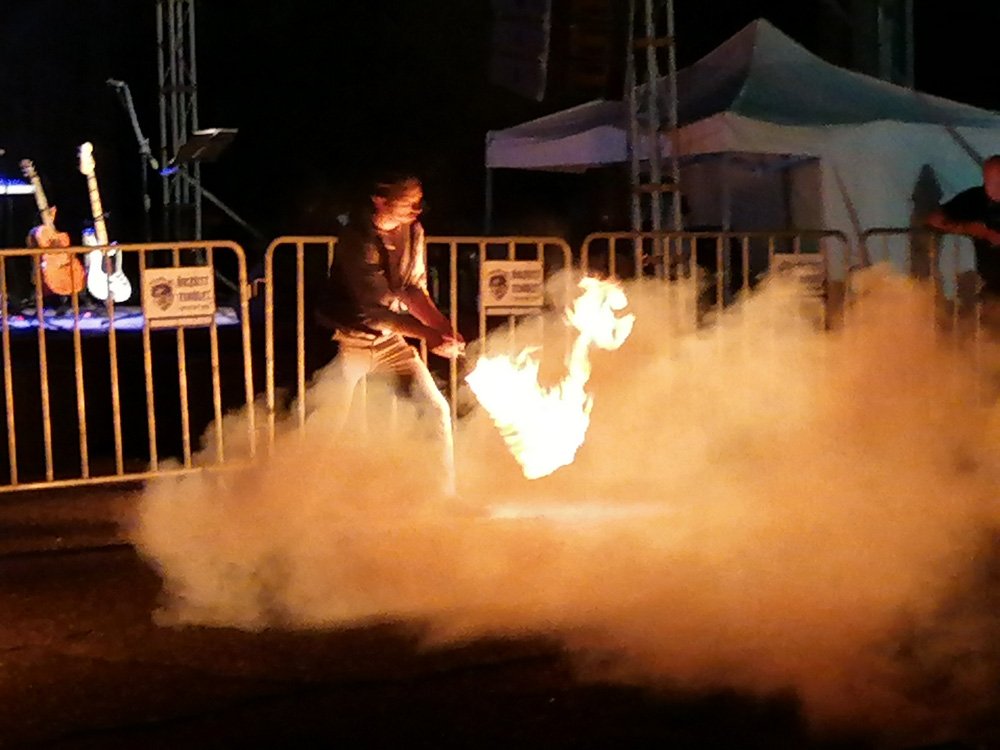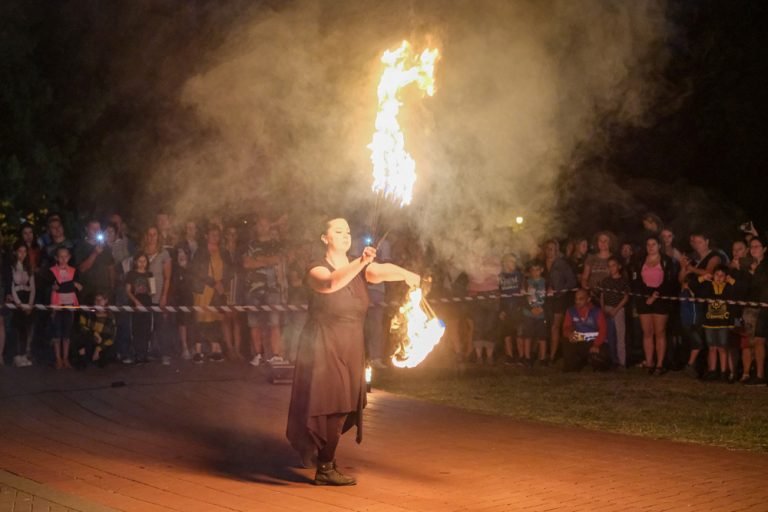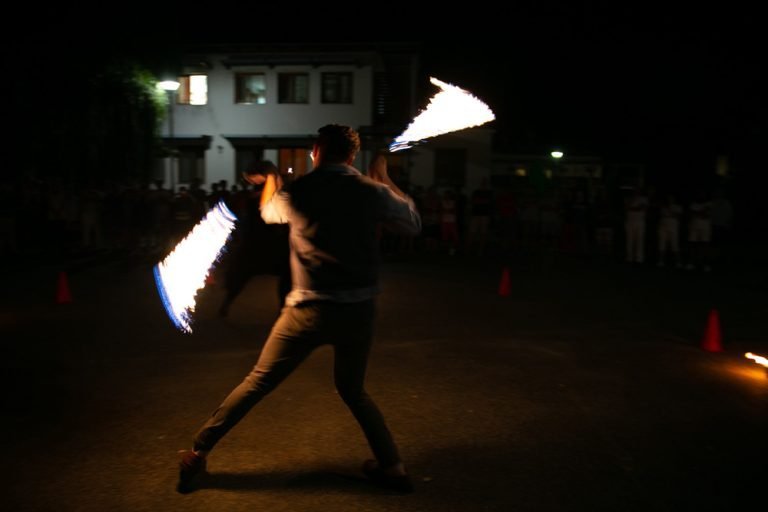-Friendly Fire Performances: Green Practices
As live entertainment landscapes increasingly pivot toward sustainability, a compelling question arises: Can fire performances be both dazzling and environmentally responsible? Fire shows, often associated with dramatic flair and fuel consumption, are now at the forefront of a green transformation. This article explores how performers and organizers can embrace sustainable fire arts without compromising spectacle — and why eco-conscious practices are more vital than ever for public events.
Why Sustainability Matters in Fire Performances
Modern audiences and municipalities are more environmentally aware, expecting entertainment that aligns with eco-friendly values. Traditional fire shows can leave a notable ecological footprint, primarily due to the use of hydrocarbon-based fuels, disposable gear, and lack of waste management protocols.
According to a 2021 industry report, over 70% of outdoor event organizers in the UK and EU identified sustainability practices as a key evaluation criterion for live acts. Fire performers are responding with innovative techniques and materials to reduce environmental impact without diminishing the enchantment of flame.
Environmental Considerations in Traditional Fire Arts
Conventional fire performances often rely on fuels like white gas or kerosene, which:
- Release harmful volatile organic compounds (VOCs) into the atmosphere
- Pose risks of soil and water contamination if spilled
- Require non-recyclable materials like synthetic wicks and single-use attire
By adopting environmental tips for performers and applying green alternatives, the fire art community can transition towards responsible practices without losing the dramatic impact that makes these shows so captivating.
Eco-Friendly Solutions for Sustainable Fire Arts
Thanks to global innovation in performance arts and sustainability, several green practices have emerged that align with both safety and spectacle.
1. Use of Eco-Conscious Fuels
One of the most effective ways to reduce emissions is by switching from petroleum-based fuels to bio-derived or low-impact options. Examples include:
- Isopropyl alcohol (IPA): Burns cleaner with less smoke and odor. Often diluted for safety and effect.
- Ethanol-based gels: Derived from sugarcane or corn; burns at a lower temperature and produces minimal pollutants.
- Biodiesel-infused fuel blends: Provide a sustainable alternative with similar visual impact.
“Incorporating sustainable fuels into our fire shows reduced our carbon emissions by an estimated 45% per year,” notes LunaFlare Collective, an EU-based fire troupe.
2. Sustainable Equipment Choices
Props and costumes are essential, but so is their lifecycle. Consider adopting:
- Wicks made from renewable Kevlar blends that prolong lifespan and reduce waste
- Modular prop systems allowing easy repair and part replacement
- Costumes made with recycled or organic textiles to minimize microplastic shedding and synthetic waste
Fire fans, poi, and staff makers are increasingly offering recyclable and reclaimed material options for professional gear.
3. Offset Programs and Carbon Tracking
Beyond reducing direct emissions, many artists are implementing carbon offset plans, such as:
- Planting trees after festival seasons
- Participating in verified carbon offset markets
- Working only with venues that follow ISO 20121 sustainable event standards
Tracking emissions from travel, fuel, and logistics gives organizers clearer insight into their environmental impact and ways to improve performance sustainability over time.
Best Practices for Event Organizers and Municipal Partners
If you are tasked with organizing a sustainable cultural festival, municipal celebration, or private function, here are key considerations to ensure eco-friendly fire performances at your next event:
1. Vet Performers for Eco Credentials
Request documentation or project briefs that include:
- A list of sustainable fuel options used
- Equipment material sourcing information
- Waste reduction policy compliance
Tip: Work with performers who actively promote sustainable fire arts and have measurable goals aligned with your environmental mission.
2. Facilitate Green Logistics
Support performers in bringing sustainable choices to your venue by offering:
- Alternative transportation reimbursements (e.g., train over air travel)
- Designated refueling and cleanup zones with secondary containment
- Eco-certified lodging options
3. Educate and Engage the Audience
Integrate environmental messaging into your programming. Examples:
- Short green tips videos between acts
- QR-coded signs linking viewers to sustainability resources and fuel facts
- Surveys capturing attendee attitudes toward sustainable event efforts
Audiences appreciate transparency and activism. When you align visually stunning acts with meaningful values, you build stronger, more loyal community connections.
Conclusion: Igniting Change With Green Fire
Eco-friendly fire performances are not only possible — they’re becoming the new industry standard. From fuel selection and prop design to emissions tracking and education, incorporating sustainable fire arts practices benefits performers, audiences, municipalities, and the planet alike.
By partnering with conscious artists and adopting environmental tips for event coordination, your next fire show can be as responsible as it is mesmerizing.
Ready to bring a sustainable spark to your next event? Explore our certified eco-conscious fire shows tailored for festivals, municipalities, and high-end productions at Hestia Fire Dance.
Quick Summary
- Sustainable fire arts reduce environmental impact without sacrificing visual impact.
- Eco alternatives include biofuels, recyclable props, and ethical costuming.
- Event organizers play a key role in facilitating and demanding green practices.
- Audience education enhances the impact and reputation of sustainable events.
- Working with responsible fire artists supports both art and planet.




